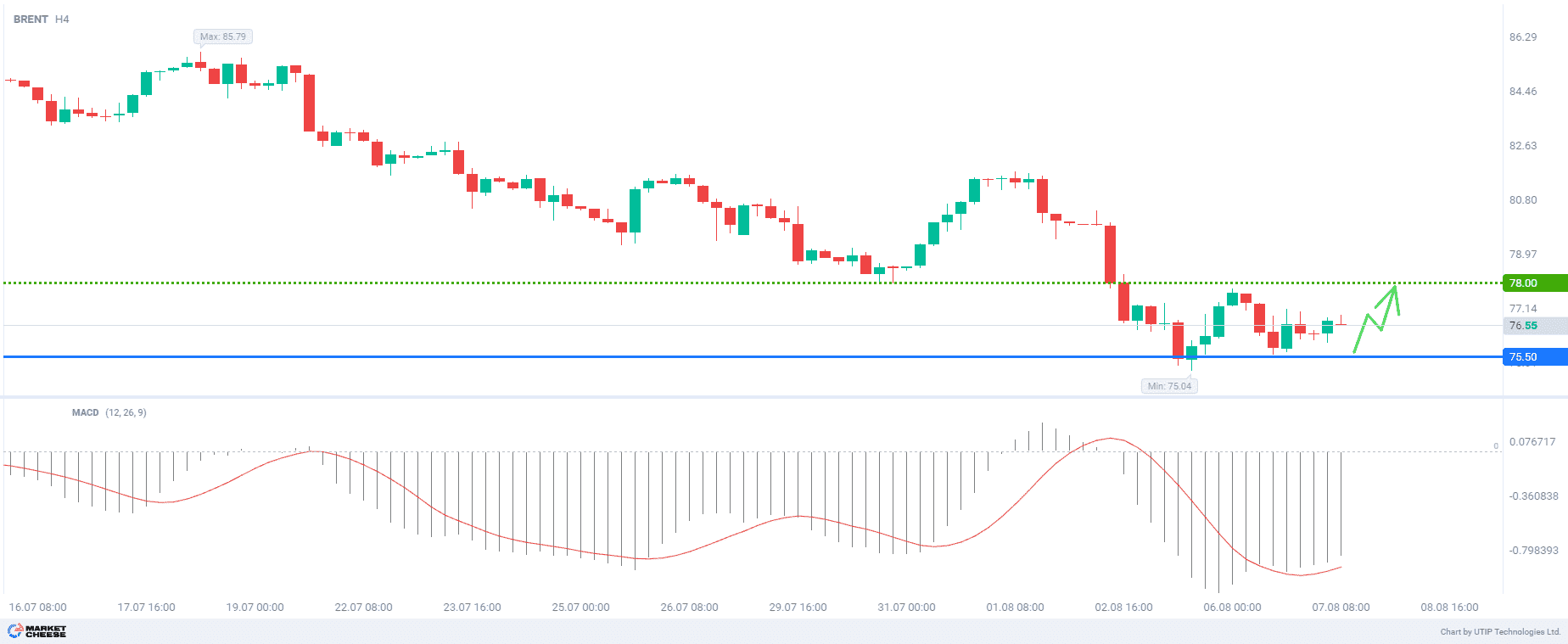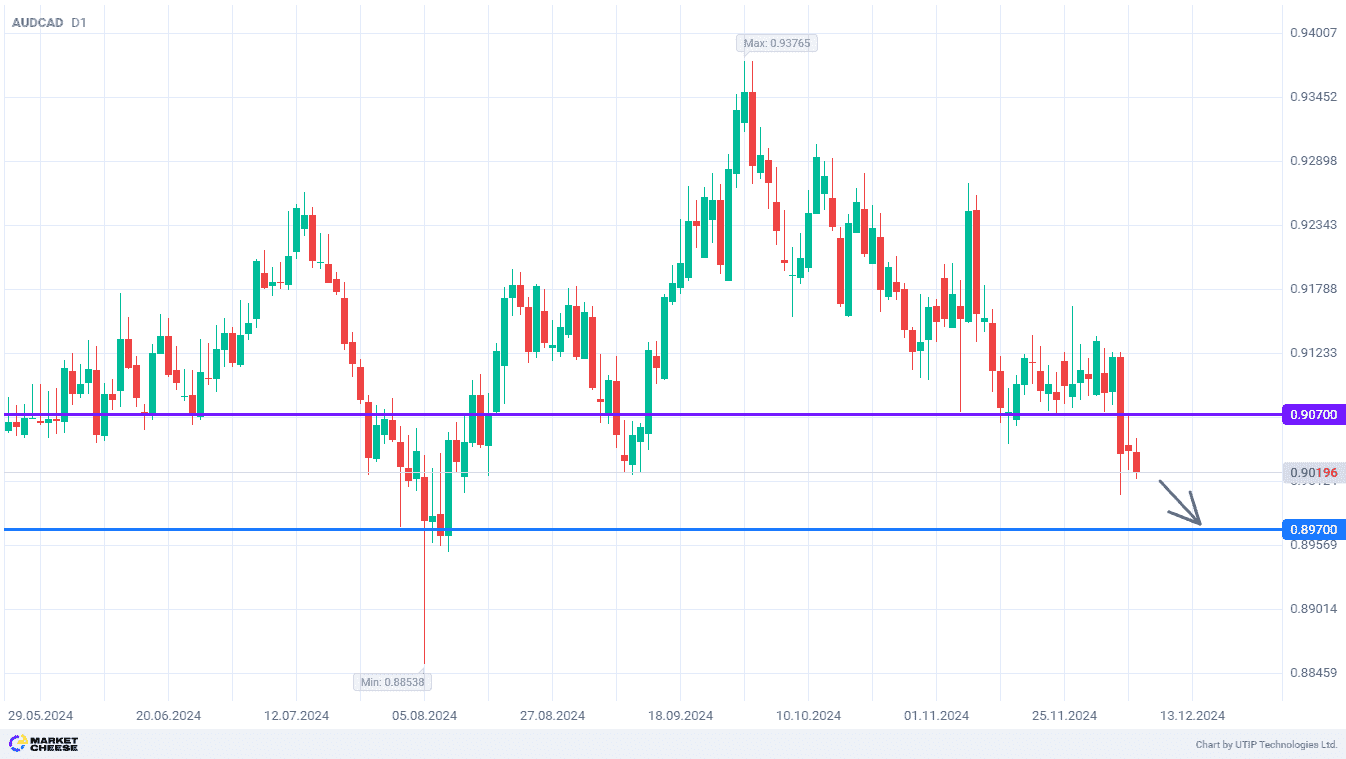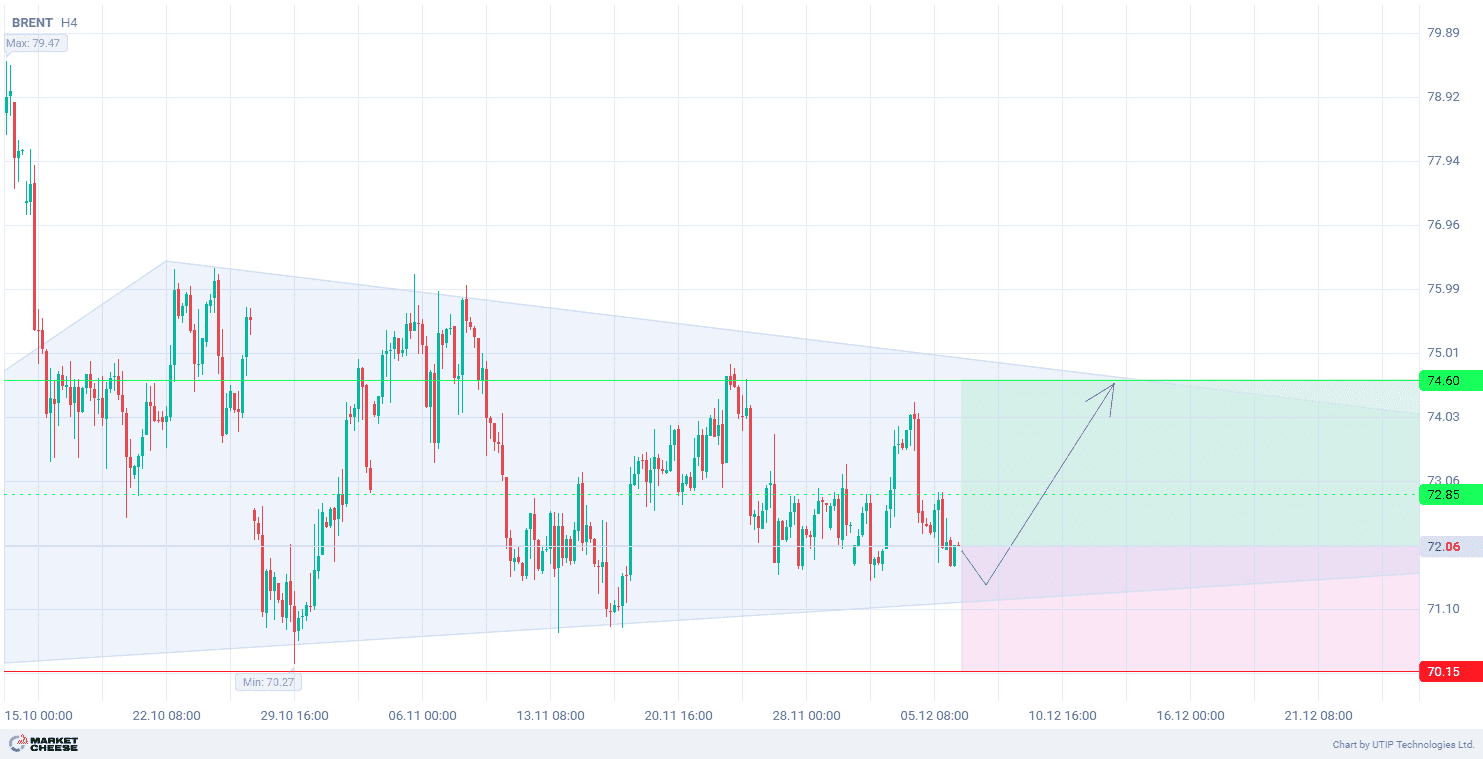According to the Energy Information Administration (EIA), US crude oil inventories have been declining for six weeks in a row. Each time, forecasts suggested an increase in oil stocks, while the actual figures were lower than expected. This week’s outlook also predicts an increase in inventories from last week’s level of -3.463 million barrels to -1.600 million barrels.
By the logic of market pricing, such a prolonged period of low oil inventories should have at least supported the prices and at most contributed to their growth. The latest escalation of the Middle East’s geopolitical situation should also have caused a rise in global oil prices. But instead, we are witnessing the opposite situation: oil prices, including Brent, have been declining since July 5, meaning that a bearish trend has been in place for more than a month.
Apparently, a strong counterbalance to the factors supporting the prices is a slowdown in the economic growth of China, one of the main oil consumers. Crude imports are extremely low and the outlook for how long this situation will persist is unclear.
From a technical point of view, Brent prices are near the oversold line, indicating a high probability of an upward price correction. In addition, the current price has entered the medium-term support zone, which has been forming since the beginning of the year. The lower limit of the zone is at $75 per barrel, and the upper limit is at $78.
The overall recommendation is to buy Brent oil in the short term with a pending order from the level of 75.5.
Profits should be taken at the level of 78.0. A Stop Loss could be set at the level of 75.0.
The possible loss should not exceed 2% of your deposit funds.










